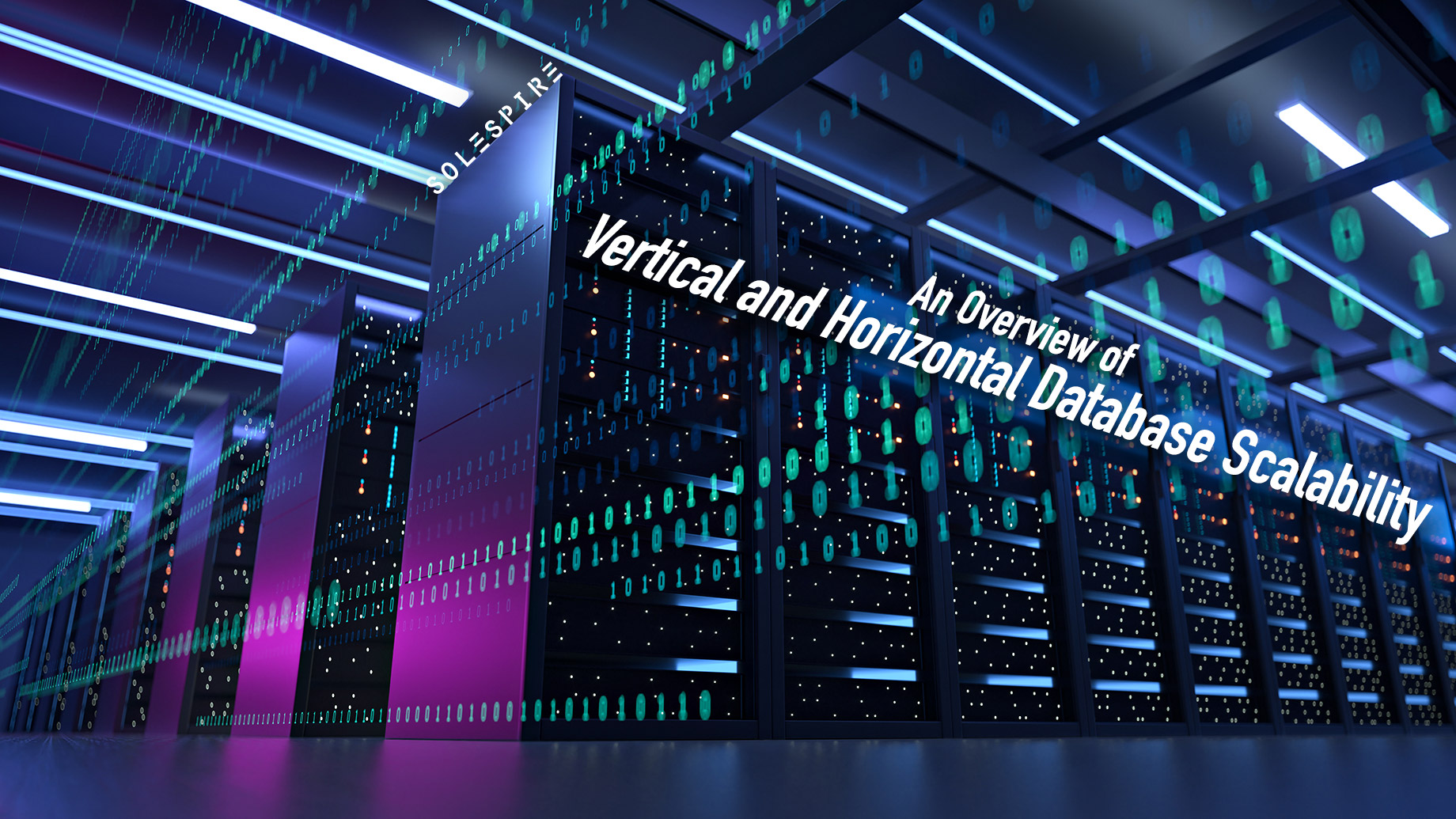
Scalability of database servers is a general practice that IT departments in companies use to help them cope with the increasing server requirements and database growth. As the data requirements increase, the volume of server instances used in the business grows big. The significance of reliable IT systems that are stable increases. The existing business can’t cope with these non-scalable systems and rigid tools.
Skilled database administrations and managers say that making database servers and their solutions scalable is not easy. However, there are two prime variations of database server scalability that organizations should take into consideration. In this post, both of them will be discussed along with their pros and cons.
As a business owner, you must know what horizontal and vertical scaling mean to get your company’s best customized solutions. Given below is a brief description of the two variants of database scalability.
1. Horizontal scaling and its advantages for your business
Horizontal scalability is the process of scaling out. It refers to adding extra servers or instances to spread out the databases on more computers and machines to manage increased demand and low capacity. When a system needs a higher capacity, database administrators simply add extra machines to keep pace. In technical terms, this implies that the data is often partitioned across several machines that comprise the cluster, with every single server holding on to a part of the total database. Servers that are horizontally scaled make optimal use of this data replication where a single machine holds on to a primary copy of the whole database. In contrast, multiple database copies are deployed for read-only workloads.
When it comes to comparing it with the vertical approach, you will find that horizontal scaling has many advantages, especially in expenses. This system’s establishment is simple this way, and the individual nodes are cheaper to establish than in a vertical setup. The upgrades are faster and more affordable. The maintenance can be done simpler, with the instances with faults having the ability to be switched off with less disruption to the rest of the database system.
Specialists from esteemed database administration and management companies state that an increased number of servers or instances adds a lot of complexities to database systems. This increases the difficulty of database monitoring, troubleshooting, and administration tougher. It increases the recovery time taken from disasters. The fees for licensing are higher under this system, especially if the machines are licensed separately. The physical space needed to accommodate multiple servers invokes issues in logistics and costs.
2. Vertical scaling and how it is different from horizontal scaling
Vertical scaling refers to scaling up and adds additional resources to a small number of servers. The approach here is opposite to the horizontal scalability system. With the increase of CPU resources, the storage and the memory bandwidth and the bandwidth for the network can be improved. The individual node performances are boosted and improved; scaling even to the smallest servers can effectively manage bigger databases.
When you compare vertical databases to horizontally scaled ones, you will find they are simpler to establish and administer. The reason being the number of machines is smaller, and there can be just one. The vertical scalability database systems offer advantages to the company regarding reliability, stability, and development. There are some cost savings involved as well; however, they are much suited to smaller data centres and the costs of licensing being lower.
Disadvantages with vertical scalable systems
Vertical scalable systems come with some disadvantages. The initial costs for hardware are high at the beginning of its set-up. This is because virtualization is costly, as there is a need for high-quality hardware.
The upgrades to this system are limited and costly as well. However, there is a lot that you can add to a single machine before the database outgrows it. Generally, clustering, for instance, RAC, is applied to these large servers so that they are reliable enough to manage the heavier loads.
Often businesses find themselves locked inside a specific database vendor. Following the above strategy and shifting away from that vendor would mean upgrades to the server can be highly expensive.
Qualified and skilled DBAs say that as your database’s requirements continue to increase, your company would need to embrace a method of scalability for keeping up with the demands. Horizontal scaling is generally considered a modern and flexible approach with some key advantages like averting uninvited complexity to your IT systems and infrastructure.
If you compare horizontal scalability with vertical scalability, you will find that the latter brings a lot of complexity. On the other hand, horizontal scalability has logistic challenges when embraced. In both of the above cases, you need to adopt good tools for database monitoring, administration, and analysis. This helps you reduce the above challenges and gives you the ability to deliver better productivity and performance to keep all the costs within your budget and in check.
What approach should you embrace for your business?
When you consider database scalability for your business, the obvious question that comes to your mind is what is the best approach? Every organization has different requirements and thus their approach is also varied. You need to determine which is best for you and work to implement that accordingly. Here selecting the correct approach is vital if you are looking to get results out of it.
DBA specialists in performance tuning and database management state the approach that is best suited to your business’s requirements are the perfect variant of database scalability for you. Whichever system of database scalability you embrace will help you boost your business’s growth to keep up with continuously expanding database systems.
Therefore, it is prudent for you to consult experienced database administrators in the field when it comes to database scalability. They will evaluate your systems’ specific needs and give you the best scalability approach to help you function seamlessly for commercial operations without hassles at all.
